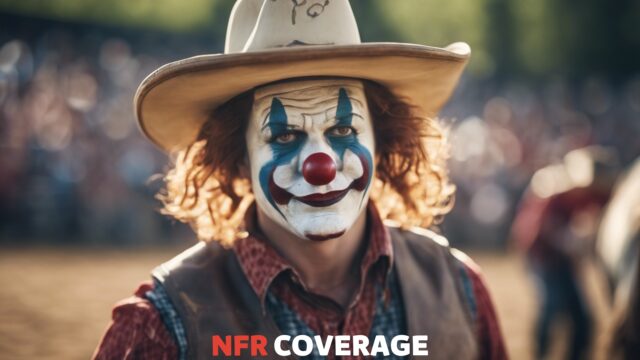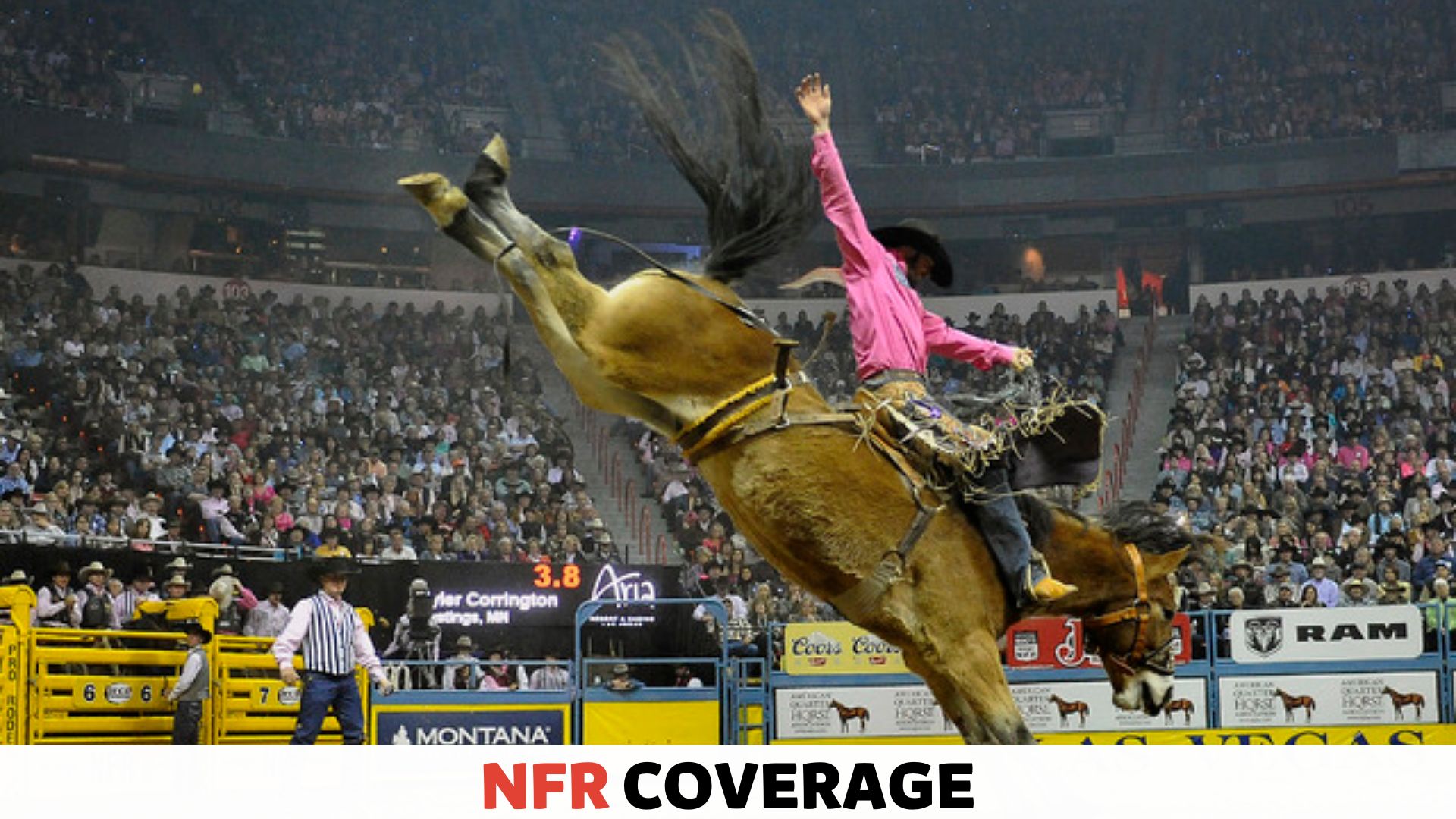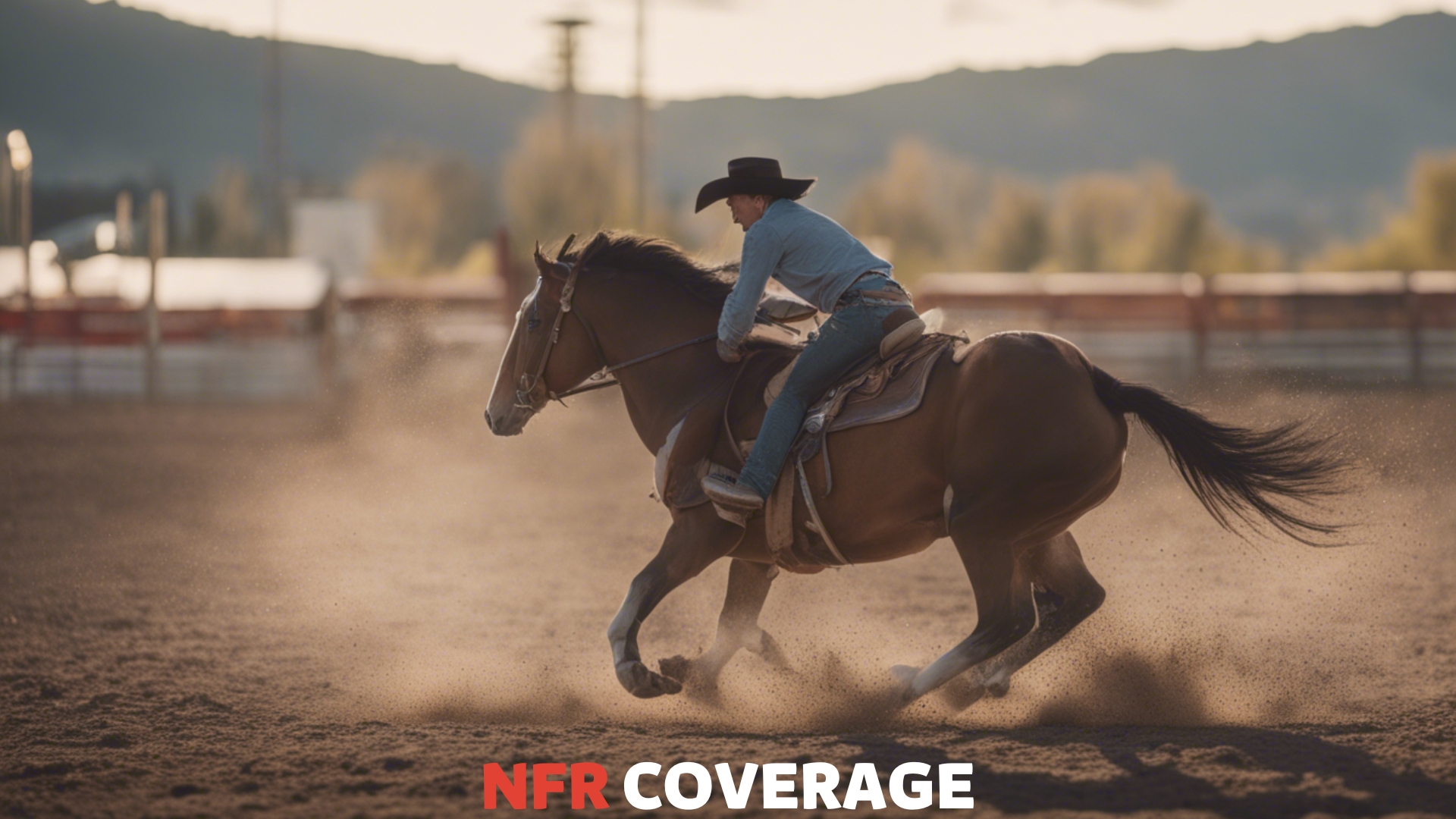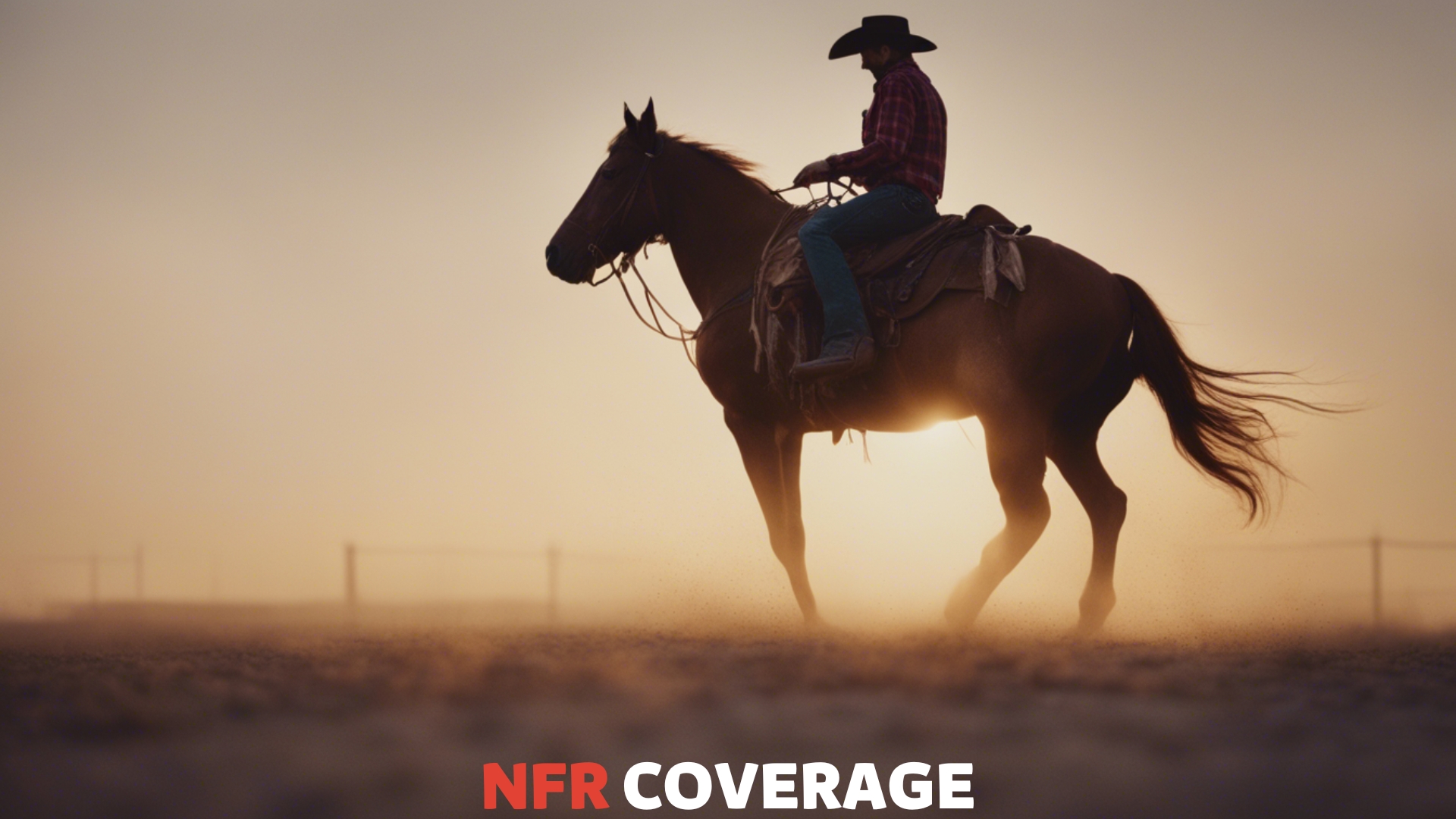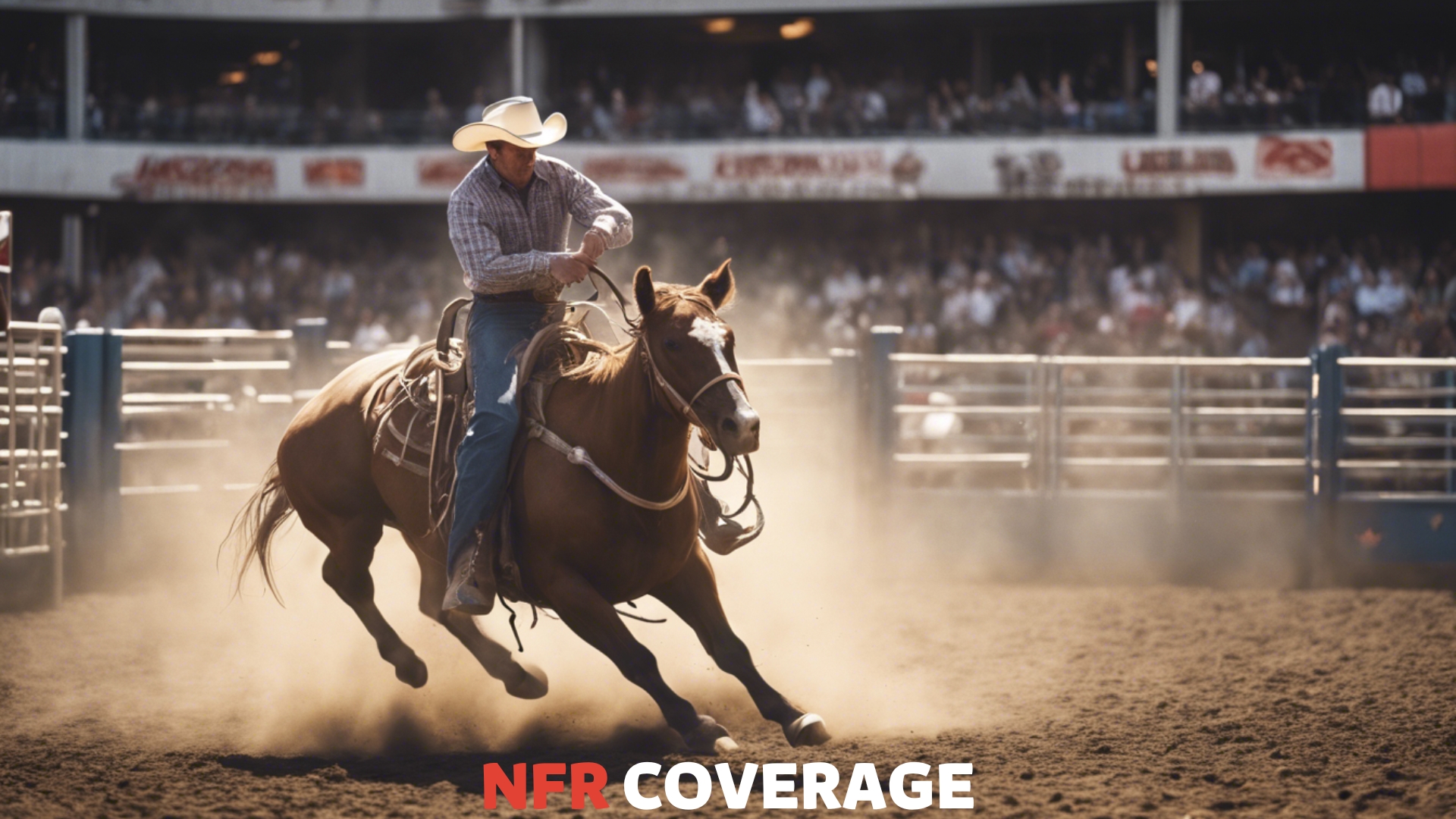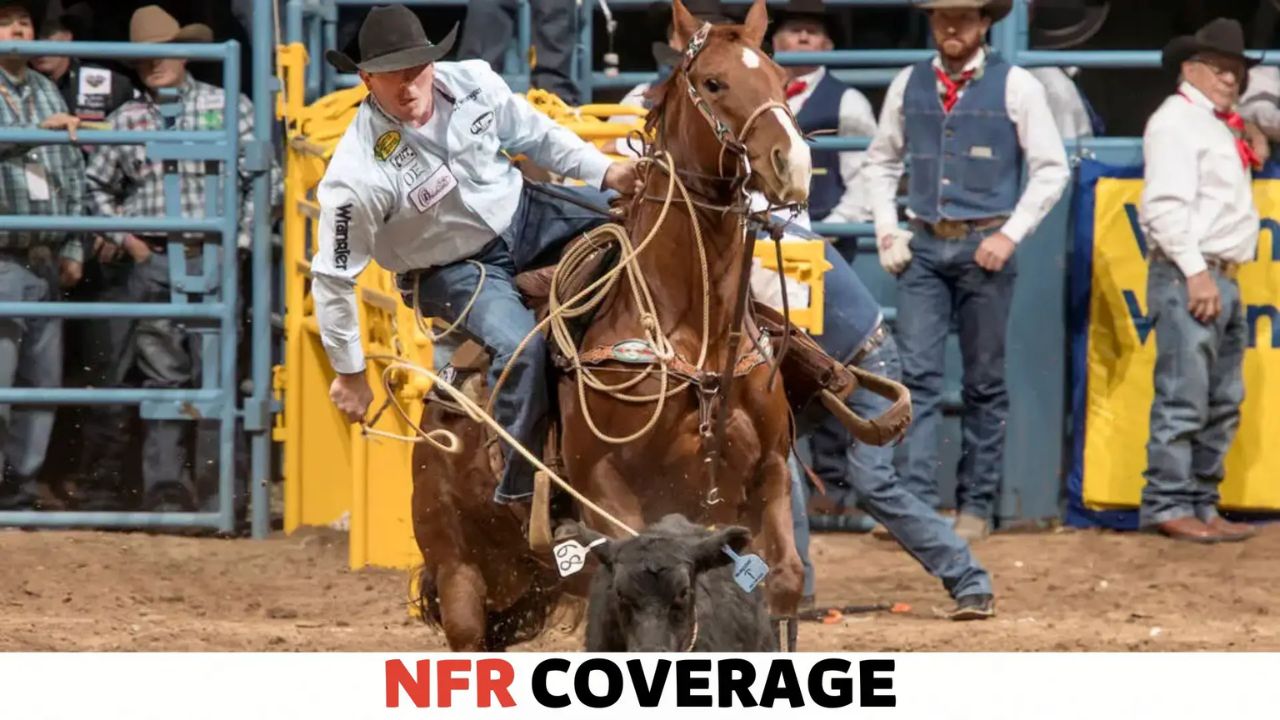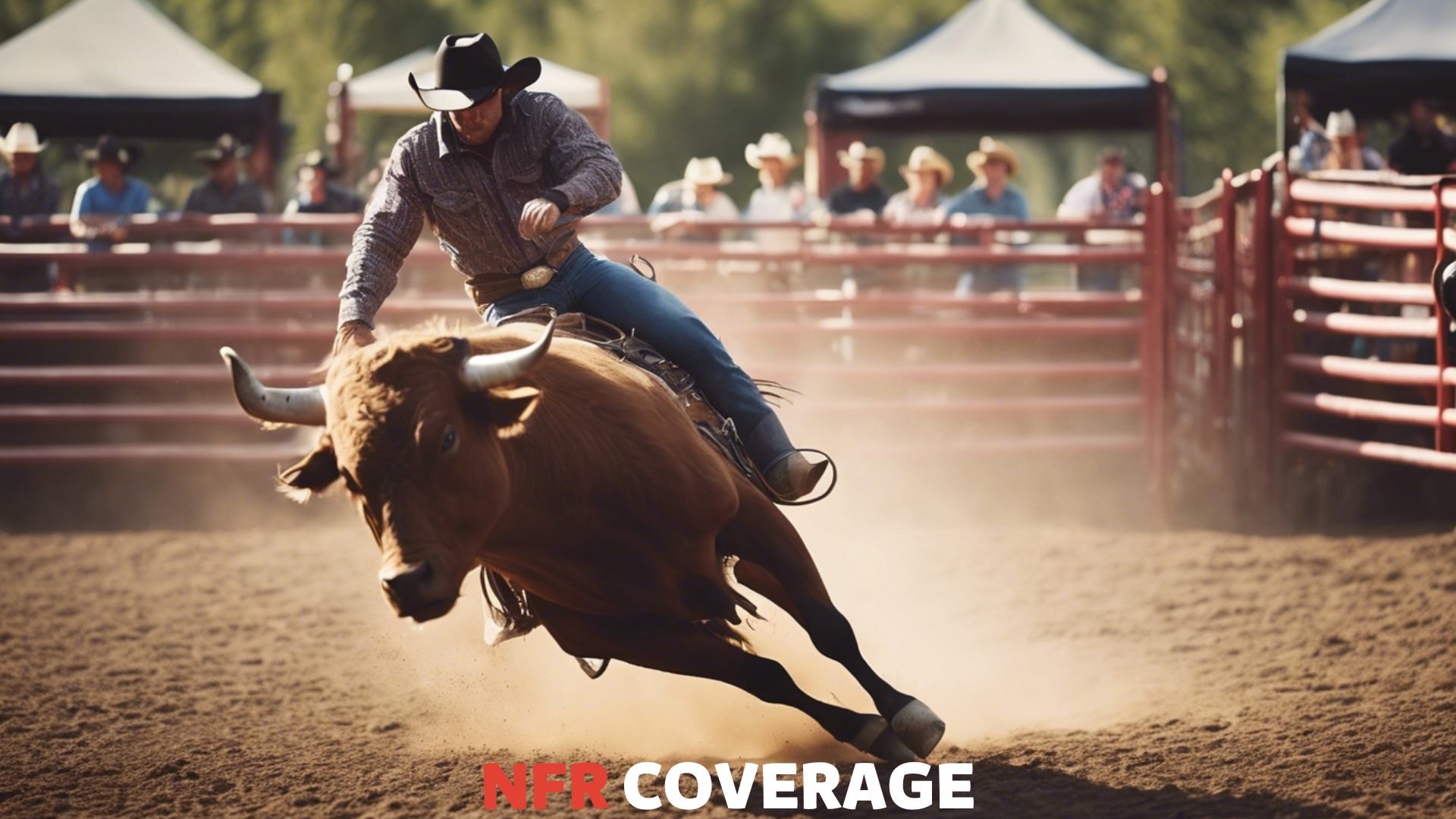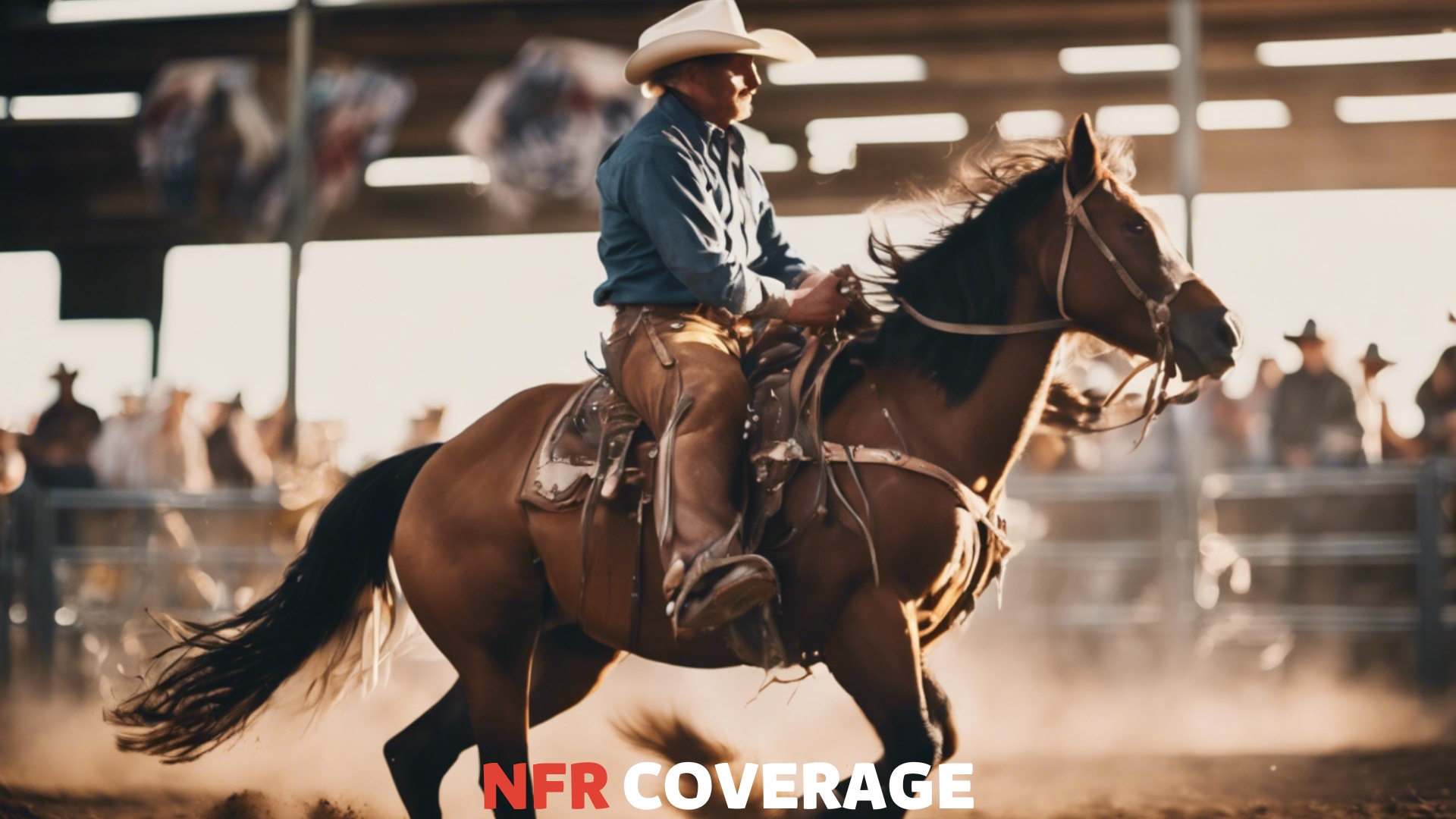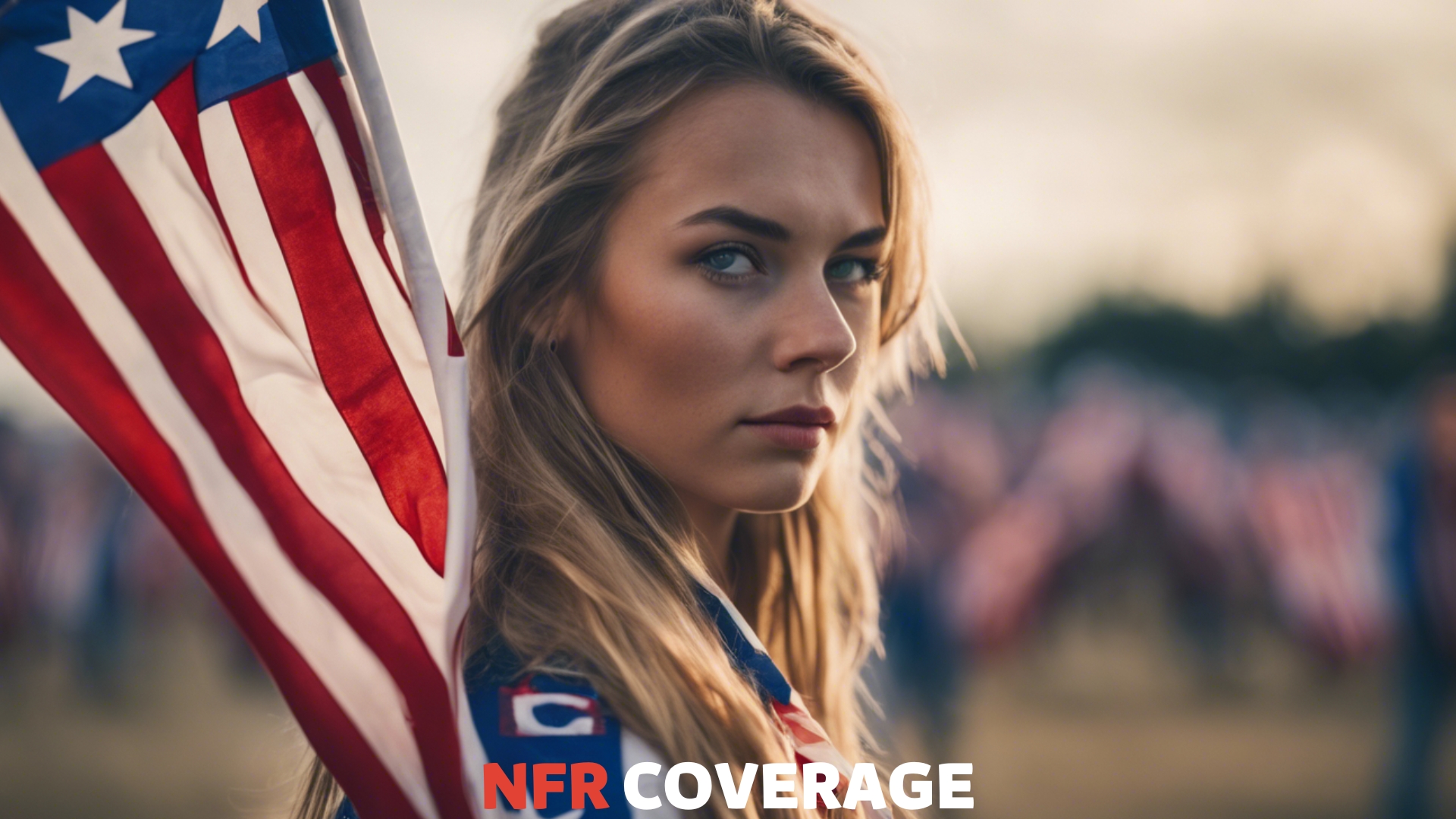The purpose of a rodeo clown is to protect bull riders and entertain the audience. They distract the bull after a rider falls, ensuring safety.
Rodeo clowns play a crucial role in the captivating world of rodeo sports. Their job combines the bravery of a protector with the spirit of an entertainer. As a bull rider dismounts or is thrown, these agile clowns spring into action, commanding the bull’s attention to prevent any harm to the rider.
Entertaining the crowd is also part of their responsibility; they perform comedic acts and acrobatics, keeping the energy high and the mood light.
With brightly colored outfits and engaging personalities, rodeo clowns are both lifelines for competitors and a highlight for spectators. Their presence ensures each event runs smoothly, striking the delicate balance between thrill and safety.
The Historical Evolution of Rodeo Clowns
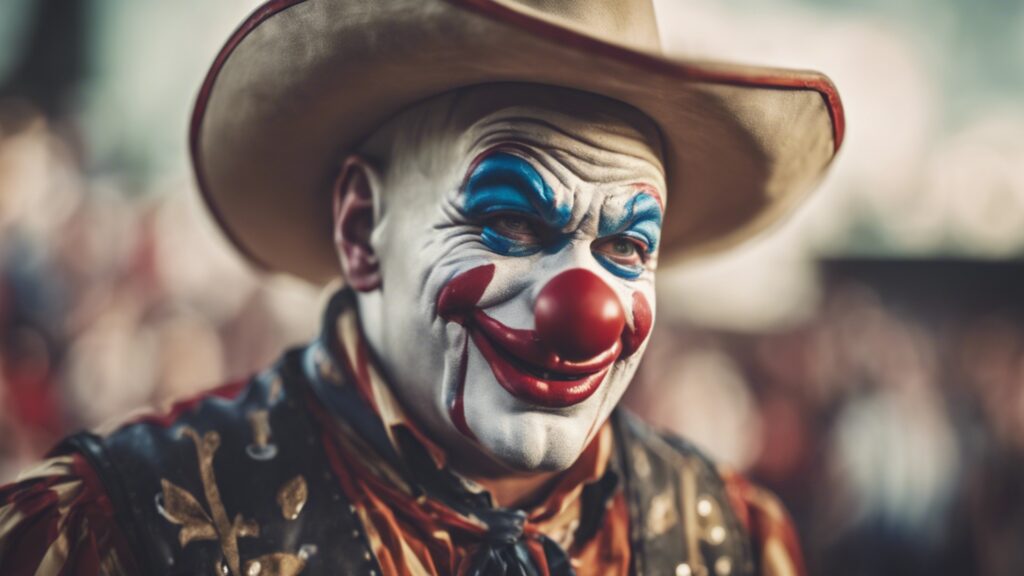
The Historical Evolution of Rodeo Clowns traces back a colorful past. From courageous protectors to beloved entertainers, their role has seen substantial change. Dive into this captivating journey from the dusty arenas of yesteryears to the vibrant shows of today.
From Cowboys to Entertainers
Rodeo clowns originated from the need for distraction. After a rough ride, Cowboys would rely on these quick-footed heroes to draw away aggressive bulls.
- Bullriding events necessitated guardians.
- Clowns used wit and agility in lifesaving performances.
- Their purpose was clear: Protect riders at all costs.
This role gradually included comedic acts, transforming these guardians into the rodeo’s jesters.
The Transformation Over Decades
Over time, rodeo clowns became synonymous with entertainment. Audiences cheered for their daring feats and belly-laugh humor.
| Specialization in Entertainment | Role Change | Audience Reaction |
|---|---|---|
| 1930s | Clowns took on comedic roles | Amazement at dual-purpose acts |
| 1950s | Enhanced focus on humor | Comedic routines became a must-see |
| Today | Integral to the rodeo’s identity and appeal | Integral to rodeo’s identity and appeal |
Rodeo clowns now embrace full-fledged personas. They engage with fans, creating a memorable spectacle beyond the rodeo itself.
Their evolution continues, shaping the heart of modern rodeo culture.
Roles and Responsibilities
The rodeo clown is a critical figure in the electrifying world of rodeo. These professionals do much more than entertain. They have lifesaving roles that they perform with precision and courage.
Rodeo clowns are protectors and entertainers. They face danger head-on. Their job is to ensure the rodeo athletes’ safety and engage the audience.
Protectors in the Arena
Rodeo clowns stand between the bull and the rider. When a rider falls, the rodeo clown commands the bull’s attention. This allows the rider to escape.
- Quickly assess the situation for potential threats.
- Position themselves strategically to distract the bull.
- Use body language and props to draw the bull away.
- Ensure the fallen rider reaches safety.
Masters of Distraction
Masters of distraction, rodeo clowns are skilled performers who engage the crowd with humor.
While their primary job is safety, they also keep the audience entertained. They perform comedic acts and stunts.
- Execute perfectly timed jokes and routines.
- Bring laughter and joy even in tense moments.
- Maintain high energy to keep the crowd focused.
- Create memorable experiences for the spectators.
Tools of the Trade
The life of a rodeo clown is much more than meets the eye. These brave performers have a critical job for the safety of cowboy athletes. Key to their success is their ‘Tools of the Trade.
Whether they’re distracting a two-ton bull or entertaining the crowds, every tool plays a vital role. Let’s dive in and explore these essentials.
Costumes and Props
Rodeo clowns are instantly recognizable by their eye-catching costumes. Bold colors, baggy pants, and suspenders help them stand out in the arena. Their attire isn’t just for show; it includes safety features like padding to soften impacts.
Props are as important as the costumes. A barrel, for example, serves as both a shield and a comedic element, while juggling items and inflatable toys keep the crowds entertained.
- Loose-fitting clothes: Allow for quick movements.
- Bright makeup: Captures audience attention.
- Protective gear: Hidden under costumes for security.
Physical Training and Agility
Rodeo clowning demands peak physical fitness. Daily workouts and agility drills are non-negotiable. Quick reflexes can mean the difference between a close call and a collision with a bucking bronco.
It’s about strength, stamina, and speed. These performers practice routines that mimic in-arena scenarios to ensure they can dodge danger at a moment’s notice.
| Training Type | Benefits |
| Cardiovascular Exercises | Builds endurance |
| Strength Training | Develops muscle power |
| Agility Drills | Enhances quick movements |
Understanding the ‘Tools of the Trade’ gives us a glimpse into the challenging world of rodeo clowns. Remember the skill and preparation behind each entertaining performance the next time you watch a rodeo.
Navigating Danger
Navigating danger defines the rodeo clown’s role. Clowns are key players in rodeos, facing risks to protect riders from harm. They need quick reflexes and a sharp mind.
Close Encounters With Bulls
Rodeo clowns interact closely with mighty bulls. Their job is to distract the bull after a rider falls. This allows the rider to escape injury. Rodeo clowns display bravery, using their wits to face these close encounters.
Safety Measures and Techniques
Safety is a top priority for rodeo clowns. They train hard to learn key techniques:
- Barrel Rolling: An essential technique involving a barrel as a shield.
- Agility Training: Helps them dodge bulls effectively.
Rodeo clowns work in teams for better protection. They wear bright costumes and padding. All gear is designed to keep both the clown and the rider safe.
The Art of Entertainment
Think of roaring crowds, the smell of popcorn, and thrilling rodeo acts. Amid this electrifying atmosphere, rodeo clowns emerge as the unsung entertainment heroes.
Known for their quick wits and colorful attire, these performers transform danger into delight, providing endless amusement and critical safety functions.
Let’s dive into the aspects that make rodeo clowns pivotal figures of humor and engagement in the rodeo arena.
Comedic Timing and Interaction
The success of a rodeo clown hinges on impeccable comedic timing. Their ability to elicit laughter immediately acts like a balm, easing the audience’s tension during high-stake rides.
Imagine a performer who precisely reads the arena’s energy and reacts instantly with slapstick humor or a clever joke. This talent for interaction reminds us that rodeo clowns are not just distractions; they are skilled artists in their own right.
Keeping the Crowd Engaged
While bull and bronc riders wow the spectators with their fearless displays, the rodeo clown must keep that enthusiasm alive throughout the show.
Their antics involve audience participation, funny skits, and even teachable moments about the rodeo culture. Maintaining high energy levels and connecting with the crowd ensures that every moment at the rodeo is memorable and vibrant.
- Interactive games to involve the audience.
- Skits that explain rodeo events.
- Dance-offs and sing-alongs.
Modern Rodeo Clowns
The daring and colorful figures we know as rodeo clowns have come far from their origins. Today, they entertain the crowds with their antics and humor and play a crucial role in keeping cowboys safe.
Let’s dive into these spirited performers’ evolution and discover their profession’s intricacies.
Evolving Acts and Audiences
Rodeo clowns adapt to changing times to keep their acts fresh and exciting. Their performances now include:
- Breathtaking acrobatics.
- Comedic skits.
- Interactive crowd participation.
As audiences evolve, so do the performances, showcasing the clowns’ ability to remain relevant and engaging in the fast-paced world of rodeo entertainment.
Challenges and Rewards of the Profession
Rodeo clowning is a profession of contrasts. Clowns face many challenges, such as:
| Challenge | Reward |
| Physical risk from bulls | Admiration and respect |
| Staying fit and agile | Physical strength and longevity |
| Constant travel | New experiences and friendships |
Rodeo clowns face intense pressure, yet the joy they bring and the lives they protect make it all worthwhile.
Frequently Asked Questions
What Does a Rodeo Clown Do?
A rodeo clown distracts bulls and protects riders after they’ve been thrown, using agility and humor to keep everyone safe.
How Did Rodeo Clowns Originate?
Rodeo clowns began as comic performers who evolved into bullfighters for rider protection during rodeo bull-riding events.
What Skills Are Essential for Rodeo Clowns?
Essential skills include quick reflexes, agility, strength, understanding of animal behavior, and comedic ability to engage the audience.
Can Rodeo Clowns Prevent Injuries?
Rodeo clowns play a crucial role in preventing injuries by drawing the bull’s attention away from fallen riders, helping to ensure their safety.
Is Rodeo Clowning a Full-time Career?
For many, rodeo clowning can be a full-time career, combining travel with performances at various rodeos and bull riding competitions.
Conclusion
Rodeo clowns play a vital role in the exciting world of rodeo sports. Their job is multifaceted: ensuring safety, providing entertainment, and showcasing remarkable agility and courage.
These unsung heroes risk their lives to protect riders and contribute to the rodeo’s enduring allure.
Next time you attend a rodeo, appreciate the clown’s artistry and bravery that goes beyond the laughter.


